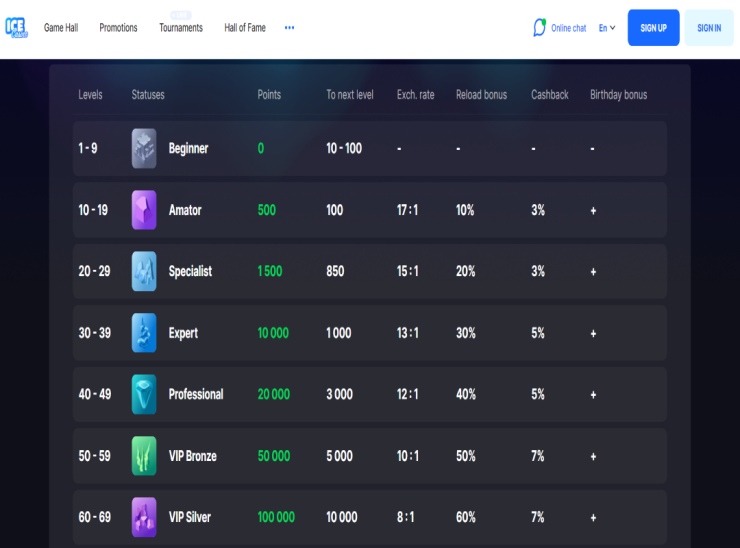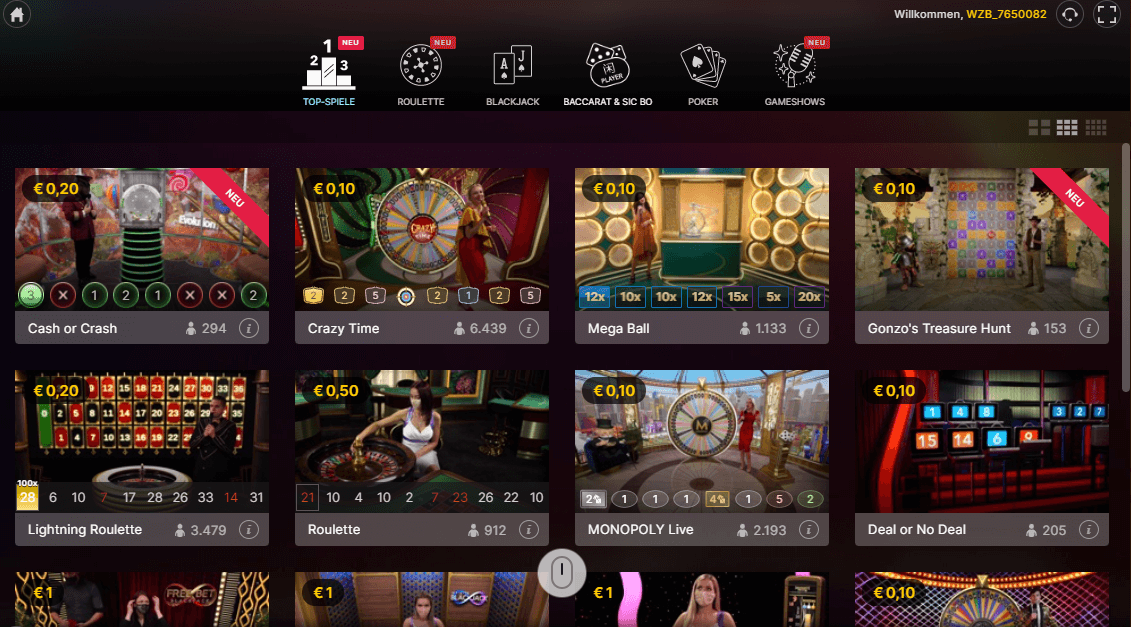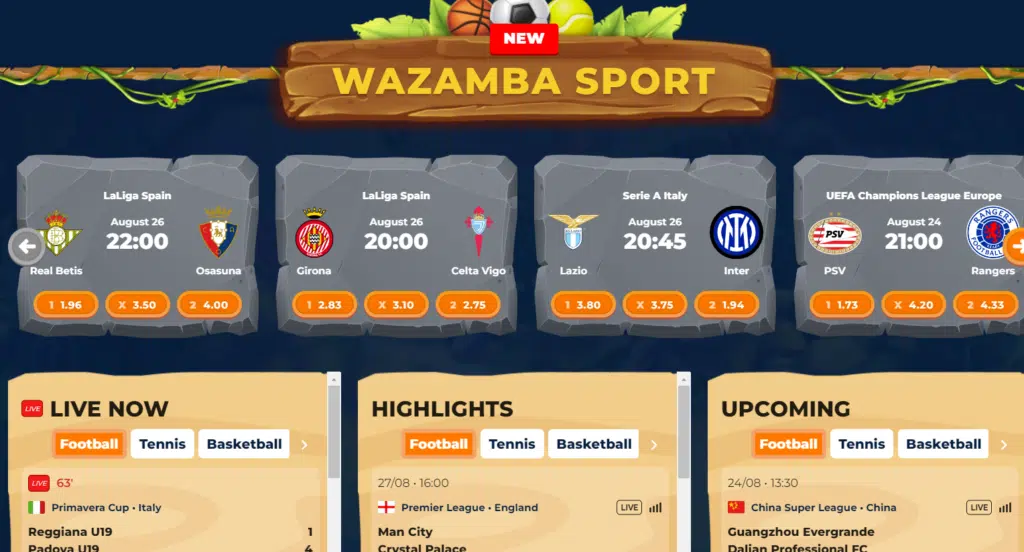Mobile Adaptability of Wild Multi Stars Across All Platforms

You understand the prospect of user engagement relies on solid mobile compatibility. With Wild Multi Stars, ensuring seamless performance on various devices is essential. Adaptive layouts and dynamic resizing methods are vital https://wildmultistars.org/ in maintaining uniform aesthetics and efficiency. Responsive design techniques offer an efficient solution, yet the real difficulty lies in continuous improvement. Discover how strategic innovations keep Wild Multi Stars in front, and explore the nuances of delivering a frictionless digital interaction experience.
Key Takeaways
- Wild Multi Stars utilizes responsive layout for seamless experience across devices.
- Adaptive layout optimizes Wild Multi Stars for varying screen sizes and dimensions.
- Testing across multiple systems ensures Wild Multi Stars’ functionality on diverse devices.
- Wild Multi Stars employs a mobile-first strategy for comprehensive device compatibility.
- Simulators are used to test Wild Multi Stars in actual scenarios for adaptability insights.
Importance of Mobile Compatibility for Wild Multi Stars
Why does mobile adaptability matter for Wild Multi Stars? You demand a smooth user experience, and responsive design ensures that. Mobile compatibility transforms user interactions by scaling content effortlessly, enhancing browsing freedom. It prioritizes intuitive interfaces, making sure you aren’t limited by design limitations or sluggish responses. Your experience should be seamless, adaptable to every tap and swipe.
With responsive design, Wild Multi Stars adjusts adaptively, delivering functionality and aesthetic across varied mobile screens. This adaptability guarantees that whether on a smartphone or tablet, the user interface feels immediate and efficient. Ensuring this compatibility is vital for addressing to your need for mobility without sacrifice. Ultimately, it’s about empowering you with the most smooth, limitless digital interactions anytime, https://en.wikipedia.org/wiki/Larry_(cat) anywhere.
Understanding the Variety of User Devices
You need to account for a varied range of devices impacting user experience, from smartphones to tablets. Consider how screen size differences can affect the interface and prioritize flexible design. Additionally, keep in mind the challenges posed by varying operating systems to ensure seamless compatibility.
Device Variety Impact
With the growth of diverse user devices, understanding their influence on mobile functionality is crucial for developers. You must assess each device’s capability to ensure flawless operation. Devices change in processor rate, memory limit, and graphics abilities, directly impacting user experience. Optimizing your software for these elements improves satisfaction and participation.
To give users the freedom they crave, tailor apps to perform well across this variety. Testing on multiple platforms reveals issues and usability problems. By adopting flexible design, you effectively cater to your audience’s varied technology. Prioritize adaptive algorithms that auto-tune to device constraints, enhancing fluidity and interactivity. As the online landscape evolves, staying flexible and mindful ensures your services remain adaptable and widely appealing.
Screen Size Disparities
Considering screen size disparities is important when developing mobile applications. You’ve got to ensure your app handles diverse screen dimensions and aspect relationships smoothly. Acknowledging that no two devices are alike, crafting a responsive design becomes your hidden weapon. Emphasize design adaptability to adapt to users’ requirements across small screens like handheld devices or big displays on tablets. Focus on optimizing screen layout to maintain clearness and usability regardless of the device in use.
Take authority by utilizing flexible scaling techniques. Change interface elements proportionately to safeguard experience integrity. Remain ahead by assessing on various simulators to emulate real-world conditions. This approach allows users—offering the greatest freedom to engage with your app, free by device limitations. Freedom in user interaction starts with comprehending screen diversity.
Operating System Challenges
Navigating the vast landscape of operating systems offers challenges developers can’t ignore. You face operating system fragmentation that burdens resources. Here’s how to tackle the chaos:
- Diverse Ecosystem
- Fragmentation Issues
- Performance Metrics
- User-Centric Optimization
Grasping, adapting, optimizing—this trio guides you through the complexities of a fragmented operating world. Embrace the trial to unlock a unbounded digital landscape. Keep your apps nimble, your users satisfied, redefining freedom in technology.
Evaluating Current Mobile Compatibility Strategies
When evaluating mobile compatibility strategies, it’s essential to focus on smooth user experiences across different devices. Implementing successful mobile optimization techniques ensures fast loading times and flexible design. You’ve got to employ adaptive design principles to dynamically adjust layouts according to screen sizes, maintaining usability without sacrificing design integrity. Reducing unnecessary data transmission and enhancing resource loading can enhance performance significantly.
Consider your consumers’ need for autonomy; they should navigate easily, unrestricted by poor layout or sluggish interfaces. Adaptive design empowers flexibility by reshaping content easily. Keep the end-user in focus, thinking like a consumer-first architect. Leverage insights from actual device testing, adjusting based on actual performance metrics. Regularly refine these strategies for robust compatibility that aligns with evolving user expectations.
Key Technologies to Enhance Compatibility

Improving mobile compatibleness depends on the strategic embrace of key tools. You’ve got the freedom to enhance user encounters if you concentrate on fundamental tech foundations that make mobile experiences seamless and smooth. Combining these will ensure your efforts in mobile optimization are rewarded with high versatility.
- Responsive Design
- Adaptive Layouts
- Progressive Web Apps (PWAs)
- Mobile-First Approach
These techniques empower you to craft free, device-agnostic layouts.
Overcoming Common Mobile Compatibility Obstacles
As you merge key tech to enhance mobile compatibility, it’s vital to address the obstacles that often arise. Ensuring flawless responsive design is critical. Devices vary, so ensure flexibility across screen sizes without losing functionality. Enhance images, streamline CSS, and cut JavaScript to enhance load times. Don’t let complicated layouts interfere with user interaction. Gather user feedback regularly to identify pain points swiftly. Users crave independence from restrictions; thus, cross-device harmony is essential.
You’ll face diverse operating environments and browsers, demanding stringent testing procedures. Employ emulators and real-device testing for comprehensive assessments. Also consider usability: adapt layouts and navigation for all users, including those with disabilities. Making ongoing adjustments using both testing and user feedback ensures adaptability and enhances user contentment across all platforms.
Measuring User Involvement Across Devices
Understanding how users connect with your platform across various devices is essential for enhancement. You’ll want to effectively track and interpret user behavior to refine your approach. Begin by establishing key engagement metrics that appeal with your multifaceted audience’s wants. Here’s how:
- Cross-Device Monitoring
- User Visits Analysis
- Interactive Features
- Behavioral Segmentation
Concentrate on these elements to enhance understanding and engagement success.
Staying Ahead With Future Developments in Mobile Compatibility
To stay ahead in mobile adaptability, you’ll need to anticipate upcoming trends and incorporate them effectively into your platform. Emphasize future innovations like 5G and augmented realism (AR) interfaces, ensuring seamless transition across devices. Your success hinges on leveraging adaptive design and cloud computing, enhancing user experience.
Apply AI-driven customization to cater to personal choices flexibly. Enhance loading durations and ensure content https://en.wikipedia.org/wiki/Comps_(casino) displays fluidly on varied screen dimensions. Stay updated on market shifts; focus on advanced web apps (PWAs) for a cohesive experience without sacrificing speed or functionality.
Simplify user engagements through voice-activated functions, utilizing liberty in browsing. Anticipate technological progress, and continually refine your method. Adopt these tactics, and you’ll cultivate robust, future-ready mobile compatibility, maintaining an edge in a dynamic market.
Frequently Asked Questions
What Devices Are Considered Under the Term “Wild Multi Stars”?
When in Rome, do as the Romans do. You’ll explore device categories like smartphones, tablets, and wearables. Consider usability elements like screen dimensions and interface for seamless engagement. It’s all about freedom and optimal user experience.
Does Mobile Adaptability Affect App Functioning?
You’ve got to ensure killer app optimization so mobile adaptability doesn’t tank efficiency metrics. Fine-tune configuration, reduce delay, maximize reactivity. This guarantees a seamless experience, empowering users to explore without limitations and fully enjoy their device’s features.
How Can Users Report Compatibility Issues?
Reporting compatibility issues is like shining a beacon. Follow user instructions to access responses channels efficiently. Your feedback lights paths to improvement, allowing developers to improve apps. Emphasize autonomy by ensuring smooth app interactions for all devices.
Are There Any Costs Associated With Implementing Compatibility Solutions?
You’ll need to carry out a cost evaluation to determine any costs. Implementation challenges may arise, but your freedom to innovate could exceed initial costs. Focus on flexibility to ensure smooth integration without compromising your budget or user engagement.
What Are the Typical Signs of Bad Mobile Compatibleness?
You’ll detect bad mobile compatibleness through signs like unresponsive screens and compromised user interaction. Interacting feels laggy, with elements misaligned or enormous. Enhancing your app’s responsiveness ensures a flawless experience, enabling users with autonomy and effectiveness.














.jpeg)


